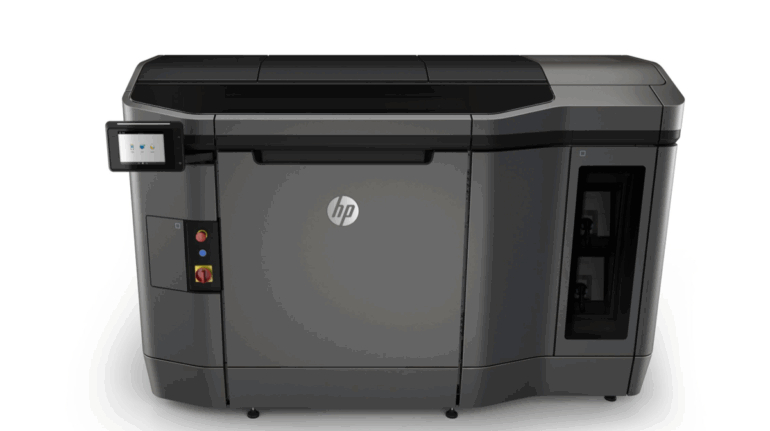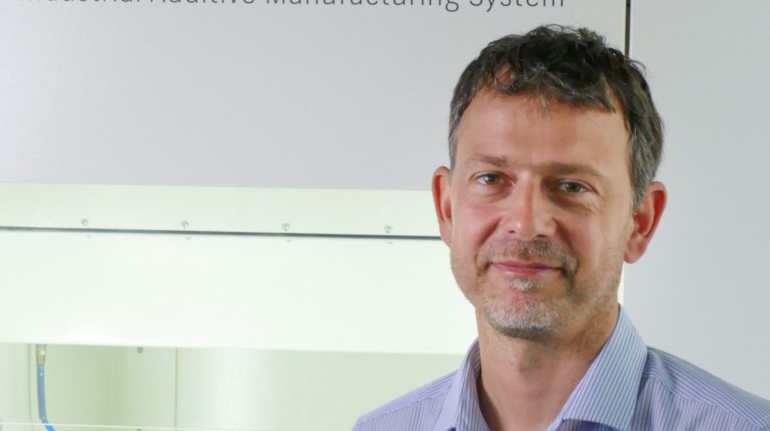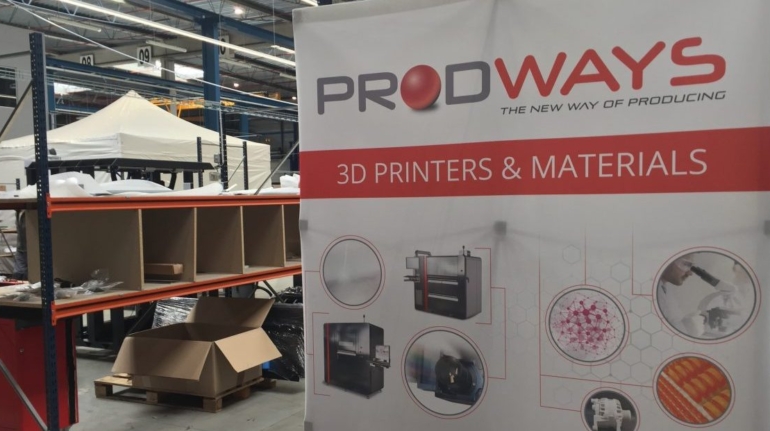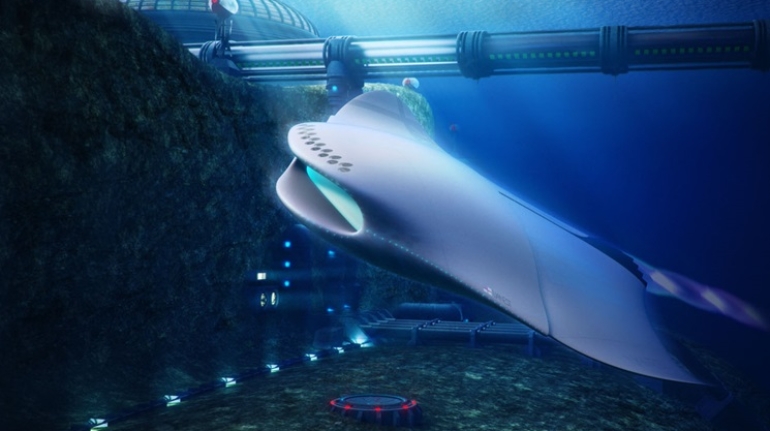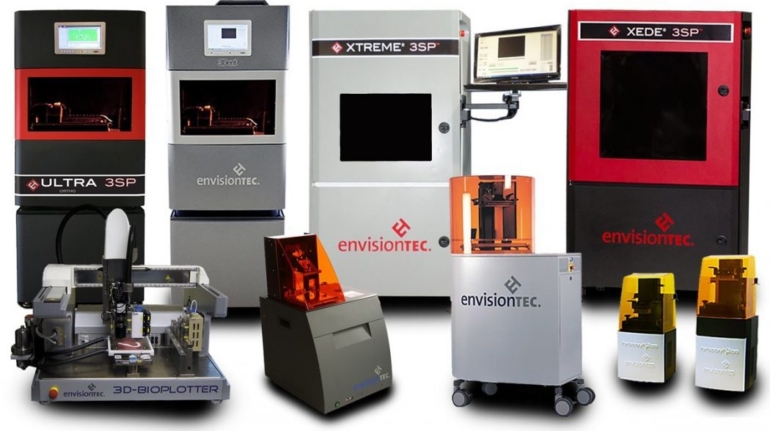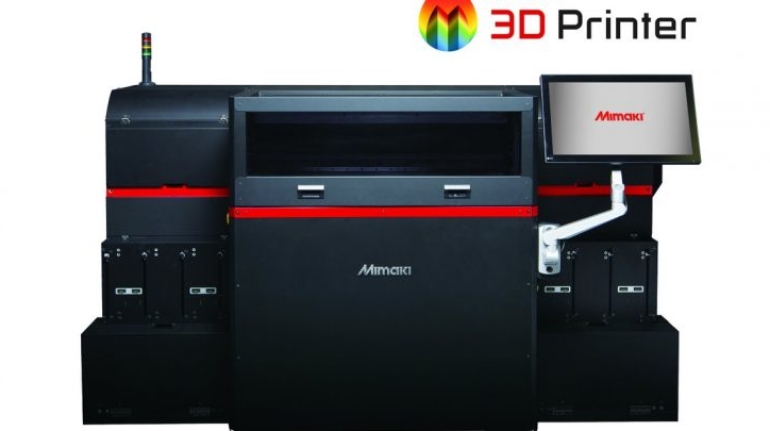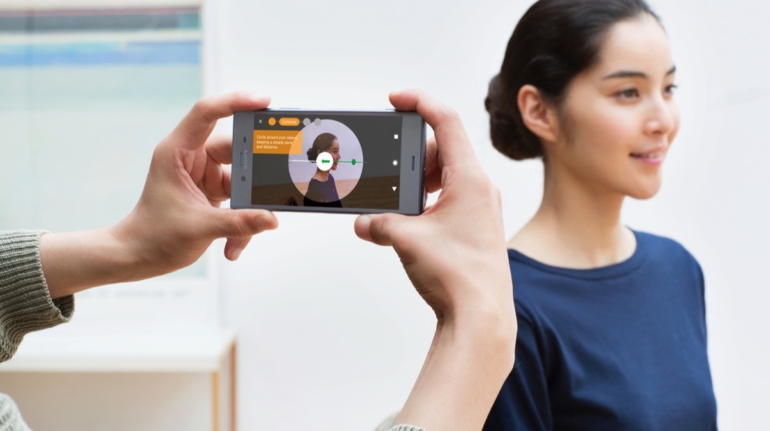Siemens Adds HP’s MJF to Growing List of Siemens NX AM Integrated Technologies AM Software
Building on a longstanding partnership, HP and Siemens are accelerating 3D printing for industrial production through the creation of a new HP-certified Additive Manufacturing (AM) software module from Siemens. The new software module, Siemens NX AM for HP Multi Jet Fusion, is now available from Siemens PLM Software as an extension to Siemens’ end-to-end design-to-production solution for additive manufacturing.

